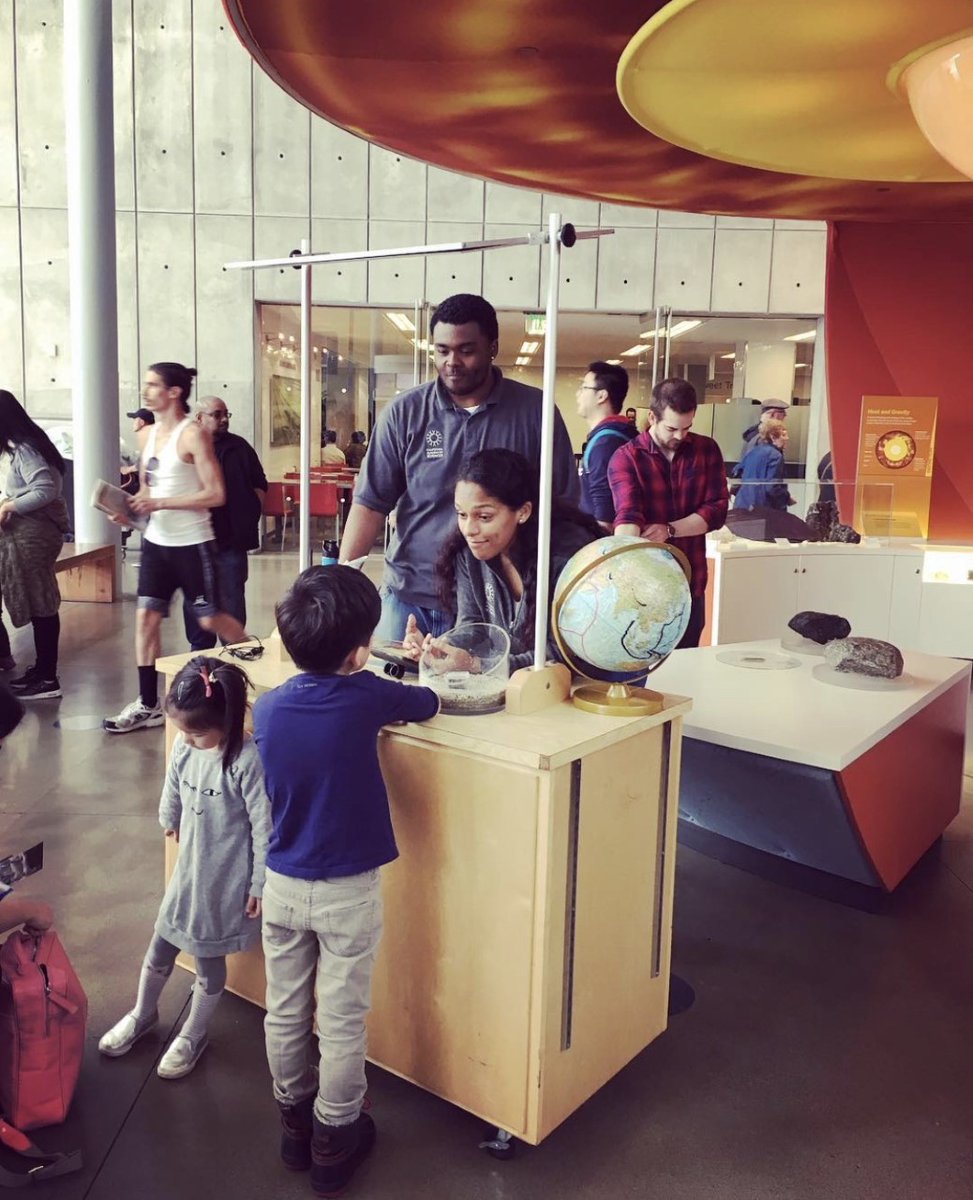A shaky Friday evening in Southern California. Hope everyone is safe. Did you feel the M4.6 #earthquake about 2 miles west of El Monte just before 11:39 pm PT? The #ShakeAlert system issued a message and passed it along to our delivery partners. More info: earthquake.usgs.gov/earthquakes/ev… 

Let us know if you got an alert and share screen shots if you want. At this magnitude apps that are Powered by #ShakeAlert can deliver alerts to people who could feel MMI III (weak shaking) or greater. Check out how big the MMI III+ region is on this map. @Cal_OES 

Check out the #ShakeAlert post-alert summary at: earthquake.usgs.gov/earthquakes/ev…. The first ShakeAlert Message was issued by @USGS 4.5s after the quake started. The quake was about 11 miles deep and it took about 3s for the first waves to reach the surface where they could be detected. 

Thank you for all of your replies! We are learning that alerts were delivered to many thousands of people by #QuakeAlertUSA, the @MyShakeApp and the @LACity app. Many of you got an alert after you felt shaking. @EarlyWarningLab @BerkeleySeismo. 

We know it's late but you have a minute please share your experience by submitting a Did You Feel It? report: earthquake.usgs.gov/earthquakes/ev… The data you submit is very important. Thanks! @USGS_Quakes 

Update: We've learned that @Android also delivered alerts during this earthquake. Thanks to all who shared their experiences tonight and this morning. All of your input will help us improve #ShakeAlert!
• • •
Missing some Tweet in this thread? You can try to
force a refresh


















